|
The facilities
at Maringá State University for teaching, researching, and extending to the rural
community
the
usual methods for controlling the quality of seed lots are first
located at Iguatemi Research Farm (23°25´ SL; 51°57´ WL, 550 m of altitude),
Iguatemi County; the second building is located at NUPAGRI
-
Agricultural Research and Development Centre
(23º26'S ; 51º53'W),
Maringá County; the third seed laboratory is located at Umuarama campus
(23º47'S ; 53º15'W),
Umuarama County, northwestern Paraná, Brazil. The essential components of these
seed laboratories are: glasshouse for studying and producing pot and bedding
plants, meteorological
station
for
reporting |
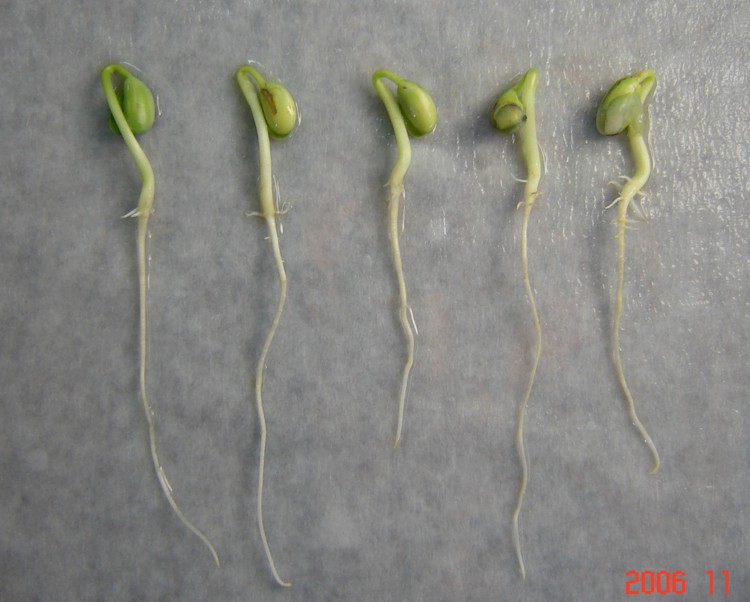
|
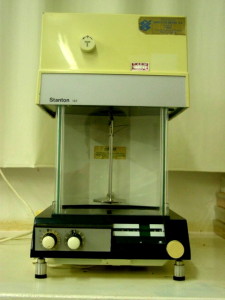
|



|
|
basic weather conditions, irrigation system for
maintaining the soil humidity under control, and seed storage room
(10°C, 40%-RH) for preserving germplasm under a short-term purpose.
Lectures on Seed Production and Technology (4492) are introduced to
under-graduation students at third-year of Agronomy
(DAG), agronomists and seed biologists
under post-graduation; these seed laboratories are offering scientific
and technical support for Master Science and Doctor Science
dissertation/theses in
seed production and technology of |
|
soybean (Glycine max L. Merril), hybrid seeds of pop-corn and
sweet-corn (Zea mays L.) in conjunction with the
post-graduation programmes of Agronomy (PGA),
Genetic and Plant Breeding (PGM), and
the seed ecology of plant populations from preserved ecosystems in
conjunction with the post-graduation programme of Comparative Biology
(PGB).
|
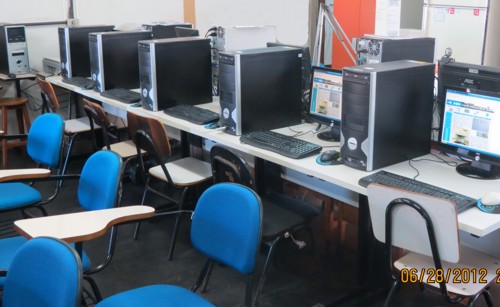
|
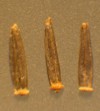
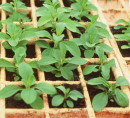

|
|
The current researches are concentrated
on statistical models for
describing seed lot vigour and the performance of seed lots under
germination using Cecropia pachystachya Trec., various
ecotypes of Panicum maximum, soybean varieties (Glycine
max L. Merril),
the
landrace
cultivar
of
Stevia
rebaudiana
(Bert)
Bertoni, |
|
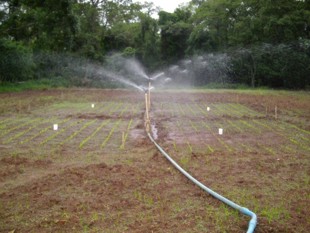 |
the different species of Urochloa (Brachiaria),
and hybrids or varieties of Zea mays L.. Teachers are
open for discussing, helping, and sharing their field experience
from various factors that are affecting the physical and the
physiological quality of seed lots. |
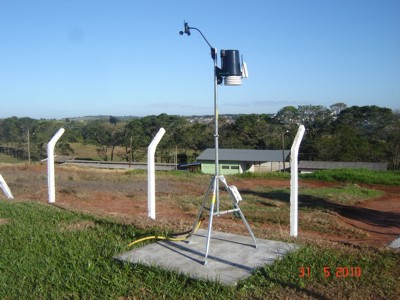 |